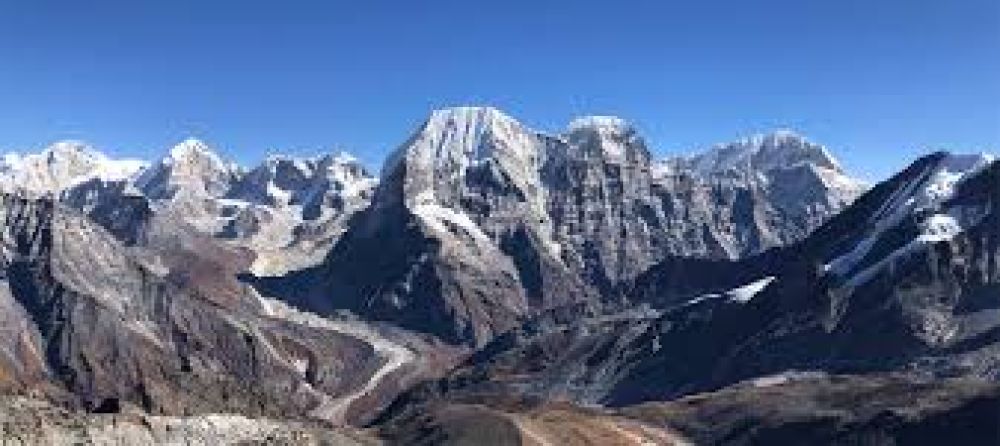

The Rolwaling Valley, situated in the shadow of the majestic Gaurishankar Himalayan range, has long been a destination for intrepid explorers and mountaineers. Its remote location and challenging terrains made it one of the later regions in Nepal to be exposed to tourism. The history of tourism in Rolwaling Valley can be traced to the mid-20th century when adventurous climbers began to seek new challenges in the Himalayas.
The pivotal year was 1951, when Eric Shipton's reconnaissance of Mount Everest through Rolwaling Valley put it on the map for mountaineers. Despite this exposure, the valley climbed slowly in tourism popularity due to its treacherous paths and lack of infrastructure. In more recent years, the establishment of the Rolwaling Trek under the Great Himalaya Trails has marked a turning point, inviting more trekkers to this pristine and culturally rich region.
As of the latest tourism trends, Rolwaling Valley is seeing a gradual increase in visitors who are looking for off-the-beaten-path experiences, eco-tourism, and cultural exchanges. With the improved trails and the recent constructions of teahouses, this trend looks set to continue, albeit responsibly to preserve the valley's delicate ecosystem and traditional way of life.
Janakpur, with its rich tapestry of cultural and religious heritage, stands as a testament to the vibrancy of the Mithila culture. Known as the birthplace of Goddess Sita and the site of her legendary wedding to Lord Ram, Janakpur has been a pilgrimage site for centuries. The city's history as a tourism destination is closely aligned with its religious significance, drawing visitors since ancient times.
The central heart of Janakpur is the Janaki Mandir, dating back to the early 20th century, which signified a renaissance in architectural and cultural resurgence. It attracted pilgrims from India and Nepal alike, fostering a diverse influx of visitors.
In the latter half of the 20th century, Janakpur increasingly gained attention from international tourists as well, keen to explore the cultural dimensions of Nepal beyond the Himalayas. With the establishment of the Janakpur Railway, the only operating railway in Nepal for many years, the city's accessibility improved, facilitating the growth of tourism.
In recent years, Janakpur has diversified its tourism offerings, with developments like the Janakpur Cultural Tourism Center and the annual festivities of Vivaha Panchami and Ram Navami. These efforts have nurtured a steady rise in both domestic and international tourists, with recent trends emphasizing cultural tourism, spiritual retreats, and heritage walks, to give visitors a profound experience of the region's historical and spiritual roots.
Advancements in infrastructure and a growing recognition of the importance of sustainable tourism practices have ushered in a new era for both Rolwaling Valley and Janakpur, fueling hopes for a future where tourism thrives in harmony with the local culture and environment.